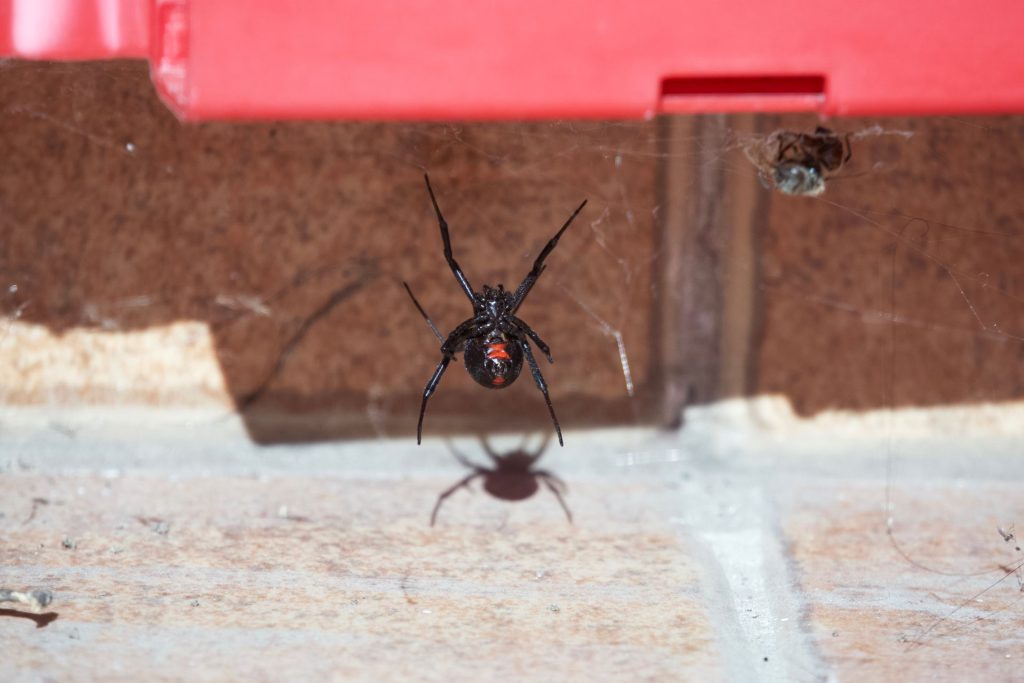Although many spiders are harmless — and even beneficial because they help keep insect populations under control — certain species can pose serious health risks. Their bites may trigger anything from mild skin irritation to severe, even life-threatening reactions that require immediate medical care. And beyond the danger, the presence of spiders at home often creates fear and discomfort for many people.
Spiders usually find their way indoors through open windows, tiny cracks, or unsealed gaps. That’s why one of the simplest but most effective preventive measures is keeping windows closed or fitted with protective screens.
The Most Dangerous Spiders and Where They Hide

Among the species that most concern homeowners, four stand out.
The corner spider (Loxosceles laeta), often called the violin spider because of the dark violin-shaped mark on its thorax, has a small, light-brown body and long, thin legs. It prefers dark, undisturbed places such as behind furniture, inside closets, or behind paintings. Its venom is highly toxic, capable of causing necrosis of the skin, fever, severe pain, and, in extreme cases, systemic complications.
The black widow (Latrodectus mactans) is easy to identify by its glossy black body and the distinctive red hourglass marking on its abdomen. It spins irregular webs and hangs upside down, most often in woodpiles, garages, sheds, or basements. Its bite produces abdominal pain, muscle spasms, profuse sweating, and changes in blood pressure.
Even more dangerous is the banana spider (Phoneutria nigriventer), considered one of the most poisonous in the world. Large, fast, and active, it has hairy brown legs marked with dark stripes. These spiders are often found in fruit shipments, warehouses, and dense vegetation. Their venom can cause acute pain, neurological problems, and, in severe cases, respiratory arrest.
The wolf spider (family Lycosidae) is robust, with brown or gray coloring and distinctive back patterns that resemble a wolf. Unlike other spiders, it does not spin webs but hunts its prey directly. Found in gardens, soil crevices, and damp corners, its venom is not lethal but its bite is extremely painful and causes intense swelling.
